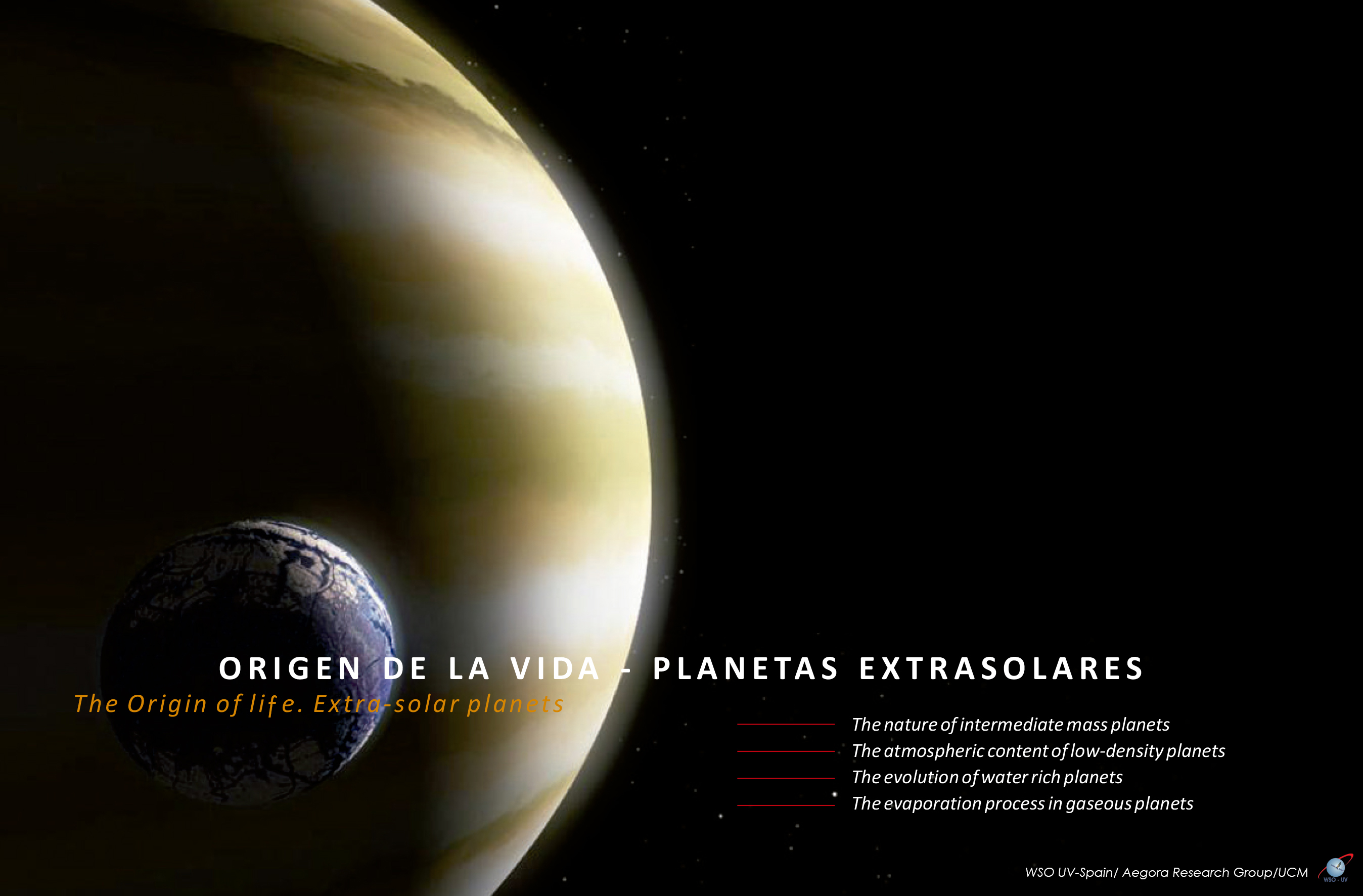We are building a space telescope to observe the ultraviolet Universe...
Why the ultraviolet? for the very same reason the ultraviolet is so harming for life forms… ultraviolet radiation interacts strongly with the most abundant atoms and molecules in the Universe, changes their ionization degree and modifies its reactivity. The ultraviolet carries very accurate information on the composition of planetary atmospheres (including those of planets outside the Solar System) or about the composition of regions in the Universe where stars are scarce.
Our telescope is named the World Space Observatory-Ultraviolet (Spektr-UF / WSO-UV) and will be launched at the end of the Hubble Space Telescope mission to guarantee the existence of an astronomical observatory in the ultraviolet till the happy 20s (2020s, of course!).
The Spektr-UF / WSO-UV is grown out the needs of the astronomical community to have access to the ultraviolet (UV) range of the spectrum. The success of the International Ultraviolet Explorer observatory and successor instruments such as the GHRS and STIS spectrographs on-board the Hubble Space Telescope demonstrate the major impact that observations in the UV wavelength range have had on modern astronomy. Of particular importance has been access to high resolution R=40,000-100,000 echelle spectra providing an ability to study the dynamics of hot plasma and separate multiple galactic, stellar or interstellar spectral lines.
 Image Gallery
Image Gallery
 Video Gallery
Video Gallery
 UV Astronomy
UV Astronomy
